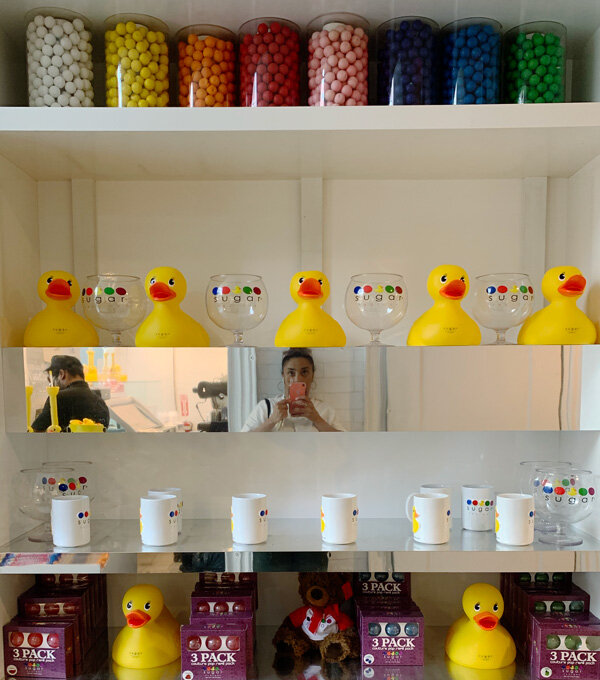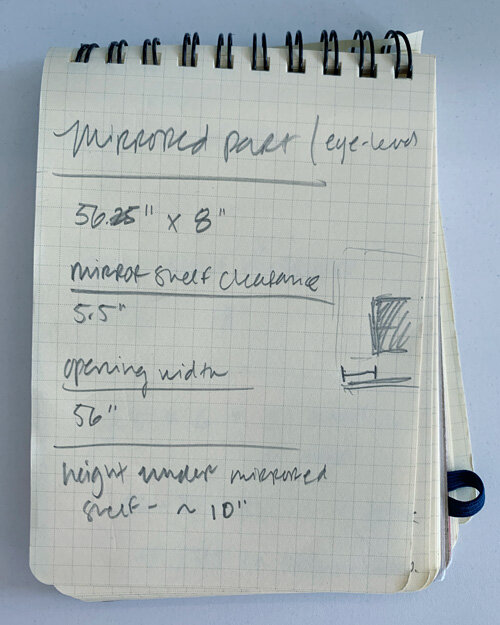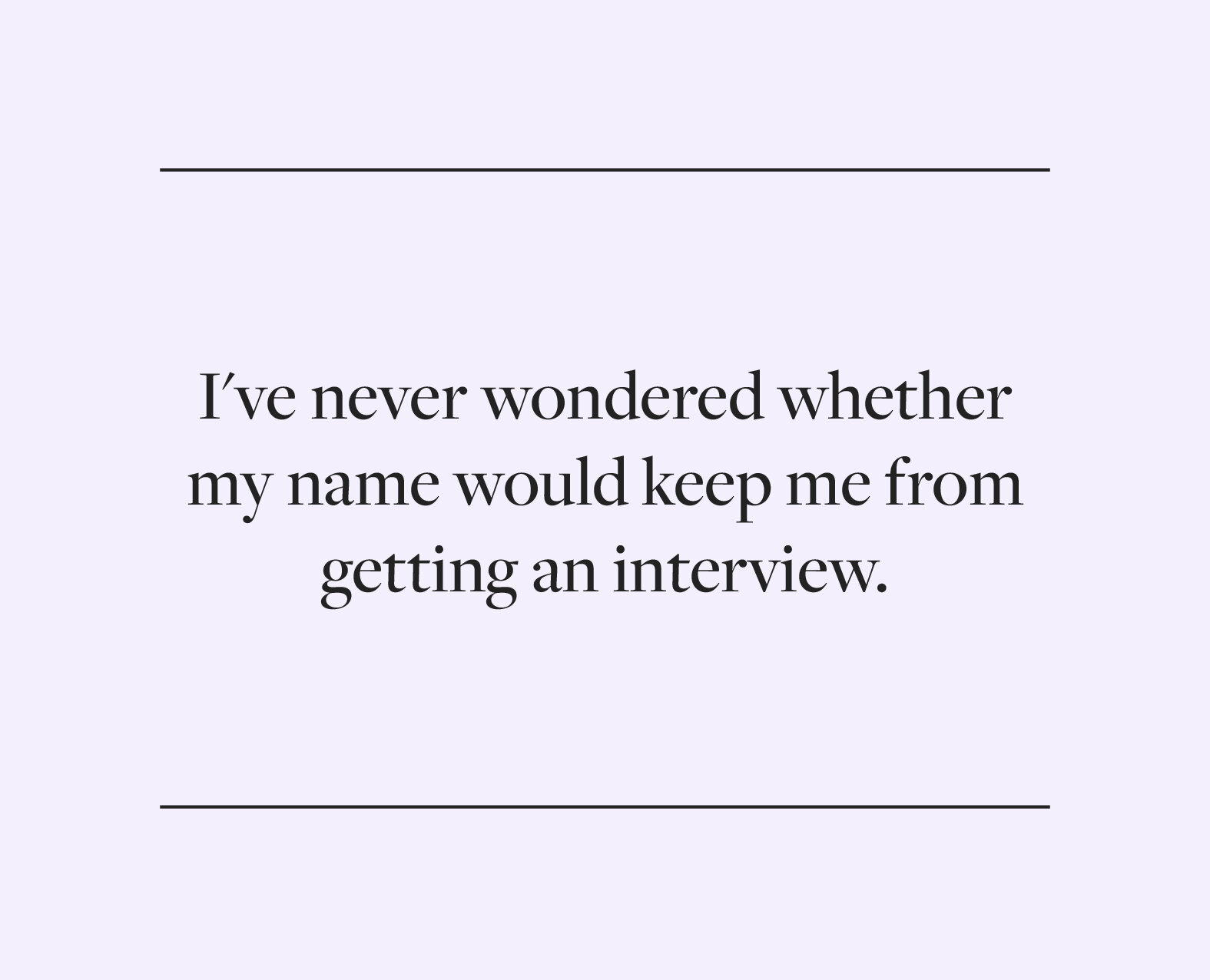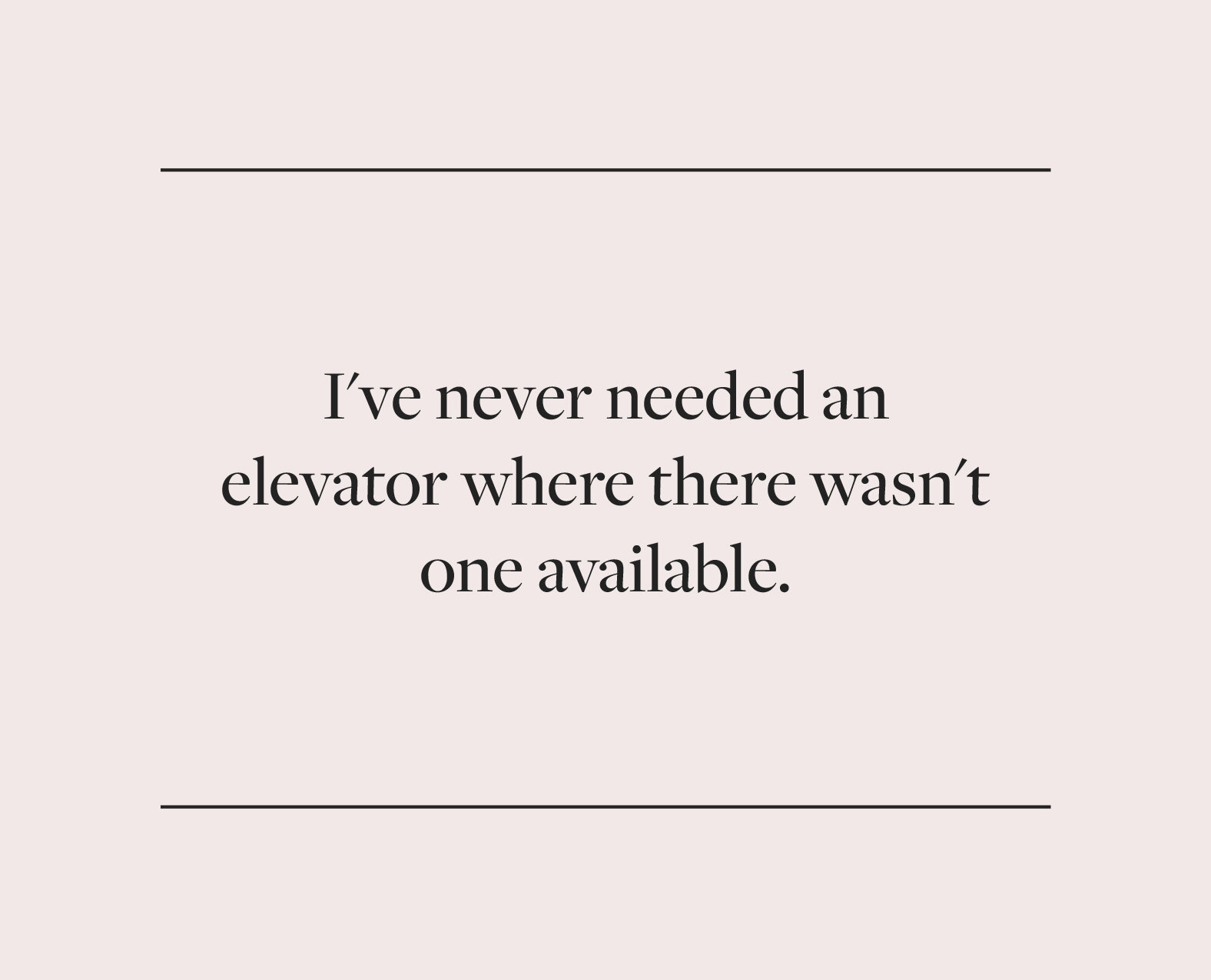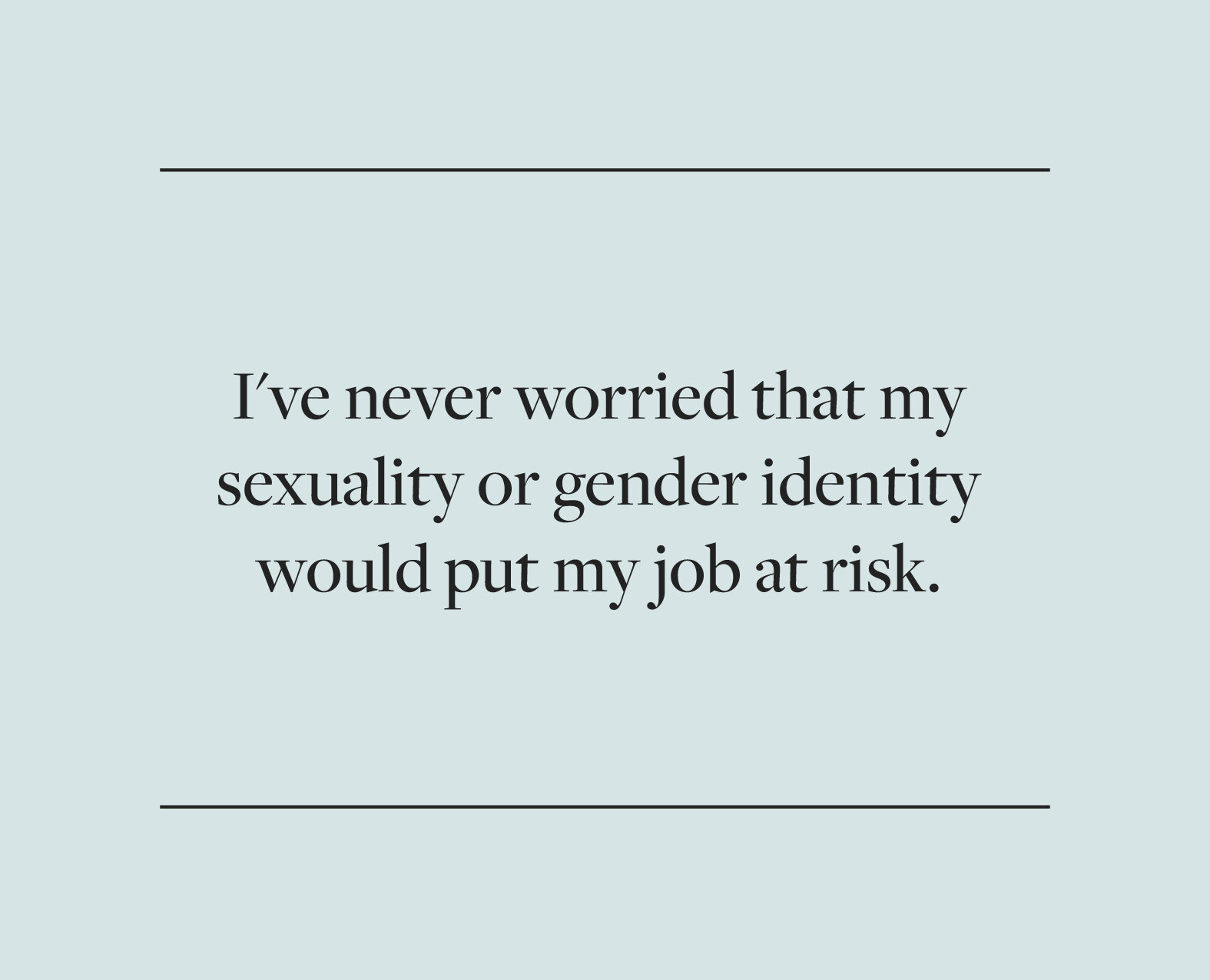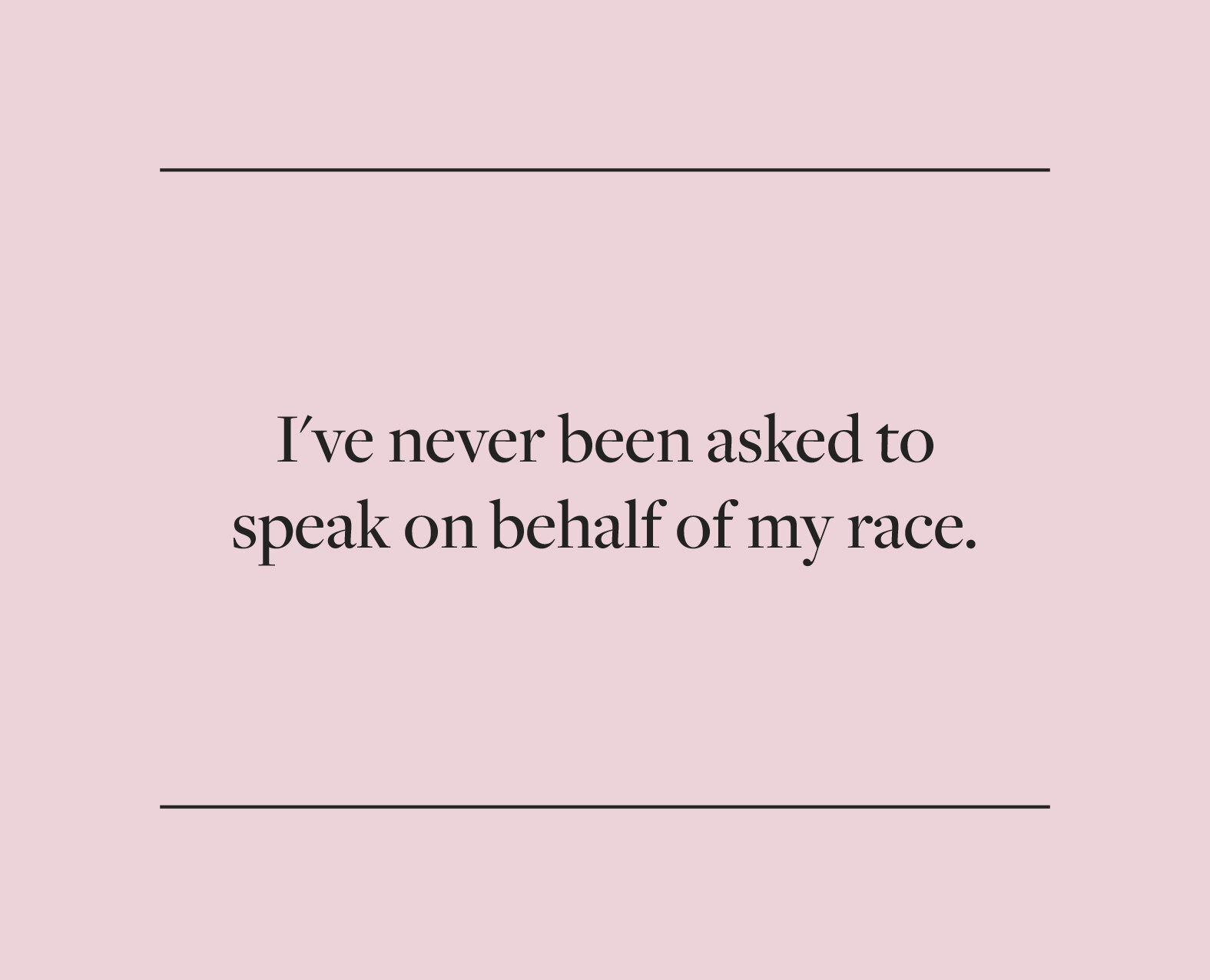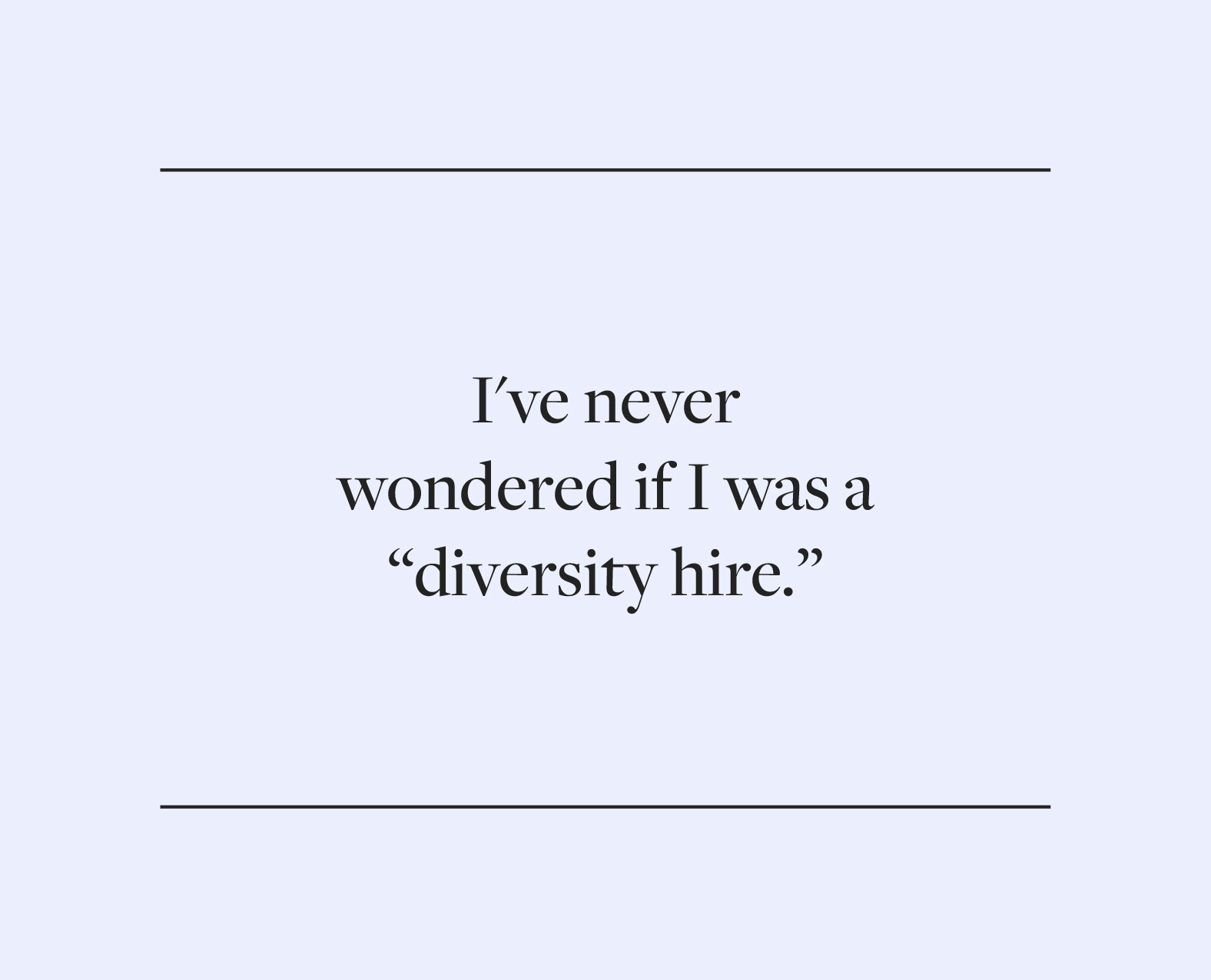Case Study: Illustrating Inclusion at Adweek
For Adweek 2019, the Female Quotient came to us to develop environmental displays for the FQ Lounge. Like all FQ Lounges, this space was part venue, part home base for Adweek attendees looking to network in an inclusive environment. As the creative lead for many collaborations with The Female Quotient and The Atlantic, I conceptualized, designed, and executed this project.
The Ask
We were initially tasked designing a sort of “inclusion glossary” to provide attendees with the appropriate language for addressing various marginalized communities. However, we thought this approach risked oversimplifying the complex relationship between language and identity, and worse, could undermine individual identification preferences. So we decided to dig deeper.
The Solution
The kind of people who visit The FQ Lounge already know the basics of D&I. We wanted to build on that knowledge by showing attendees that creating an inclusive environment isn’t just about checking demographic boxes and defining labels. It’s about understanding the lived experiences of underrepresented communities.
To encourage that understanding, we sought to challenge the attendees’ ideas of what inclusion really means by showing them the opposite—the experience and impact of being excluded. To do that, we asked FQ Lounge attendees to play an interactive, inclusivity-themed game of “Never Have I Ever.”
Yours truly getting a sense of the space we’d be using for the game.
As a black woman (and thus, as a marginalized person), I used some of my own experiences to inform the “Never Have I Evers.” But I wanted to collect a wide range of practical ways in which marginalized people experience exclusion. So I began by crowdsourcing and selecting experiences to be featured in the game. (The final experiences we selected are below.)
The Execution
The event was held at Sugar Factory—an iconic Manhattan candy shop—so I wanted the game to thematically reflect the environment. So, we instructed attendees to place Female-Quotient-pink gum balls in glass vases that corresponded with the experiences they never had. The accumulation of candy in each vase illustrated both individual and collective areas where we might fall short in considering and accommodating people from underrepresented groups. And below each vase, we suggested possible ways to address that particular form of exclusion.
An Instagram story shared by the Female Quotient.
The Outcome
The game’s considered concept and visual appeal provided the Female Quotient with social content (shown above) and a conceptual platform from which to develop future ideas. The client went on to replicate the game at an additional event, and we received the following message from the client:
“[W]hat you built for the candy bar was such a wow factor in the lounge. It was photographed more than anything and created brilliant dialogue. We are so grateful for the genius idea and creativity.”
Overall, this project was a lesson in using client direction as a point from which to overdeliver on creativity. We couldn’t have done that without an established relationship of collaboration and trust, which I had built with the client over two years of collaboration. The opportunity to exceed a client’s expectations with a project based on themes I’m passionate about was, like all the candy I ate at Sugar Factory, a treat.


